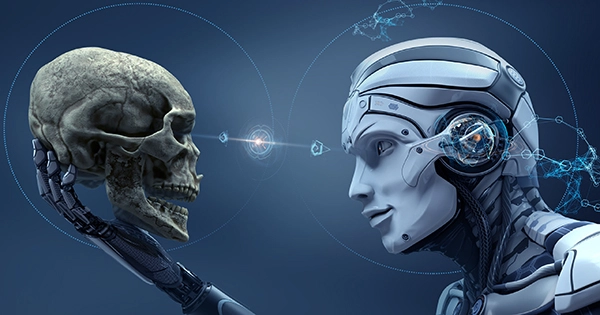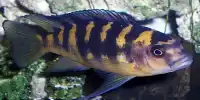QUESTION FROM A READER: Are we likely to grow further into a more evolved species than we are now if we don’t perish in a climatic catastrophe or an asteroid collision in the next 10,000 years? Nigerian Harry Bonas, 57, the unexpected consequence of 4 billion years of evolution is humanity. Evolution formed us from self-replicating chemicals in Archean seas to eyeless fish in the Cambrian depths, to animals racing away from dinosaurs in the dark, and then, surprisingly, ourselves.
Organisms reproduced in a haphazard manner. Mistakes in gene copying occasionally made them more adaptable to their circumstances, so those genes were more likely to be passed forward. More reproduction and blunders ensued, with the process repeating itself over billions of generations. Homo sapiens came at long last. But the narrative doesn’t end here. Evolution will not end with us, and we may be developing at a quicker rate than ever before.
It’s difficult to forecast the future. The world will most likely shift in unexpected ways. We can, however, make educated assumptions. Surprisingly, looking back at the past and believing past tendencies will continue in the future is arguably the greatest approach to forecast the future. This hints to some unexpected aspects of our future. We will most certainly live longer lives and grow taller, as well as becoming more light-weight. We’ll presumably be less aggressive and polite, but our brains will be smaller. We’ll be nice and joyful, but maybe not as intriguing as a golden retriever. At the very least, that’s one scenario. But first, let’s look at biology to see why I think that’s plausible.
Is natural selection coming to an end? Some experts believe that the emergence of civilisation halted natural selection. Selective forces that prevailed in the past – predators, hunger, illness, and conflict – have mostly vanished. High-yield crops, fertilisers, and family planning helped to put an end to famine and starvation.
Despite, or maybe because of, modern militaries with nuclear weapons, violence and conflict are less prevalent than before. The lions, wolves, and sabertoothed cats who stalked us in the dark are now extinct or endangered. Vaccines, medicines, and clean water tamed plagues that killed millions — smallpox, the Black Death, and cholera. But evolution didn’t halt; today it’s driven by other factors. It’s not so much about survival of the fittest as it is about reproduction of the fittest in evolution. Even though nature is less likely to kill us, we still need to find spouses and nurture offspring, thus sexual selection has become more important in human development.
And, if nature no longer has influence over human evolution, the unnatural environment we’ve built — culture, technology, and cities – creates new selecting forces that are substantially different from those we encountered during the ice age. We’re not well accustomed to this contemporary environment, therefore we’ll have to change. And the procedure has already begun. We evolved genes to help us digest starch and milk as our diets altered to incorporate grains and dairy. Illness resistance mutations developed as congested urbanization provided conditions for disease to spread. Our brains have also shrunk for some reason. Artificial selection results from unnatural surroundings.
To forecast where this will go, we’ll look back in time, examining trends throughout the last 6 million years of evolution. Some patterns will persist, particularly those that occurred in the last 10,000 years, with the invention of agriculture and civilization. New selection forces, such as lower mortality, are also present. We can’t learn from the past, but we can learn from how other species responded to comparable challenges. Domestic animals’ evolution may be particularly significant — we’re arguably evolving into a type of domesticated ape, but one that we’ve tamed ourselves. I’ll utilize this method to make some forecasts, however not all of them will be accurate. That’s what I’m going to guess.
















